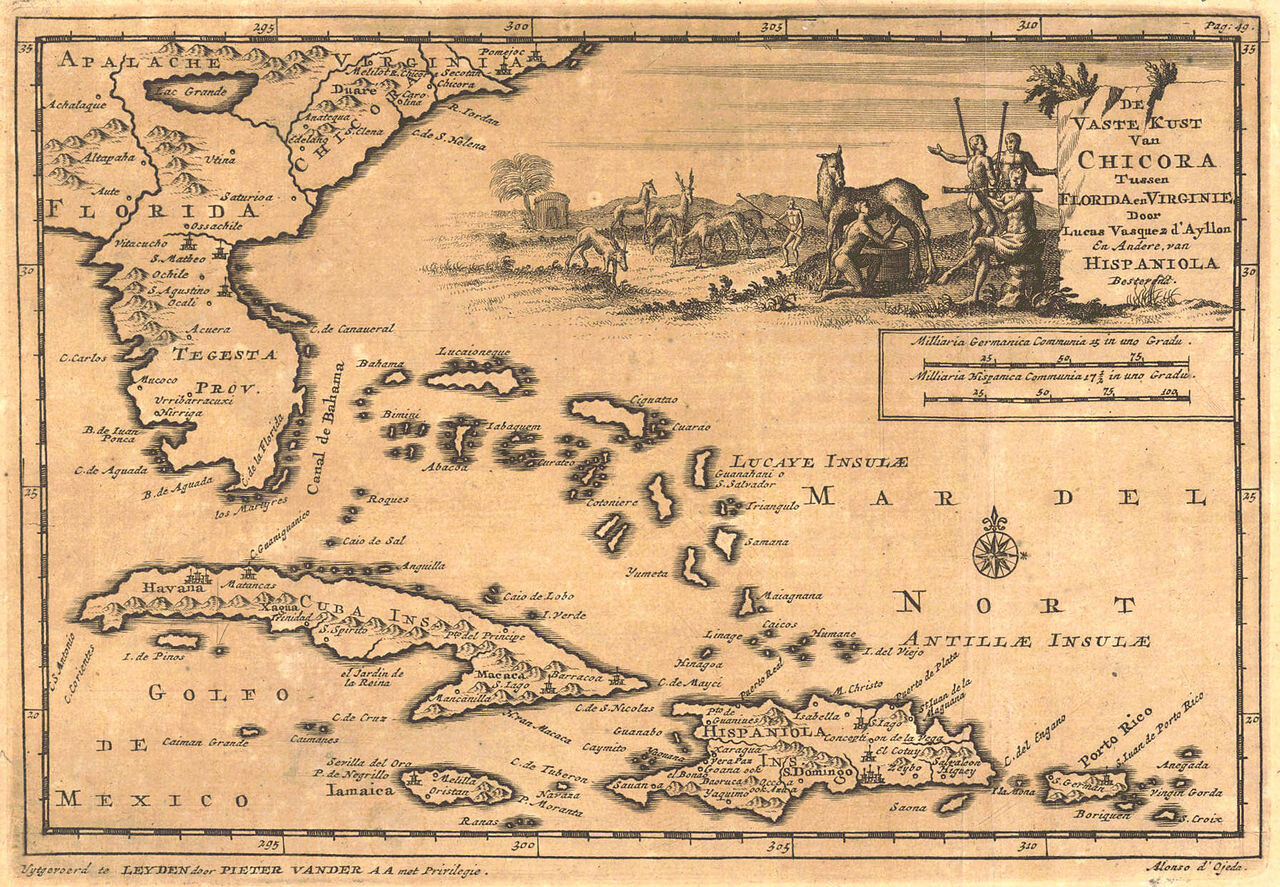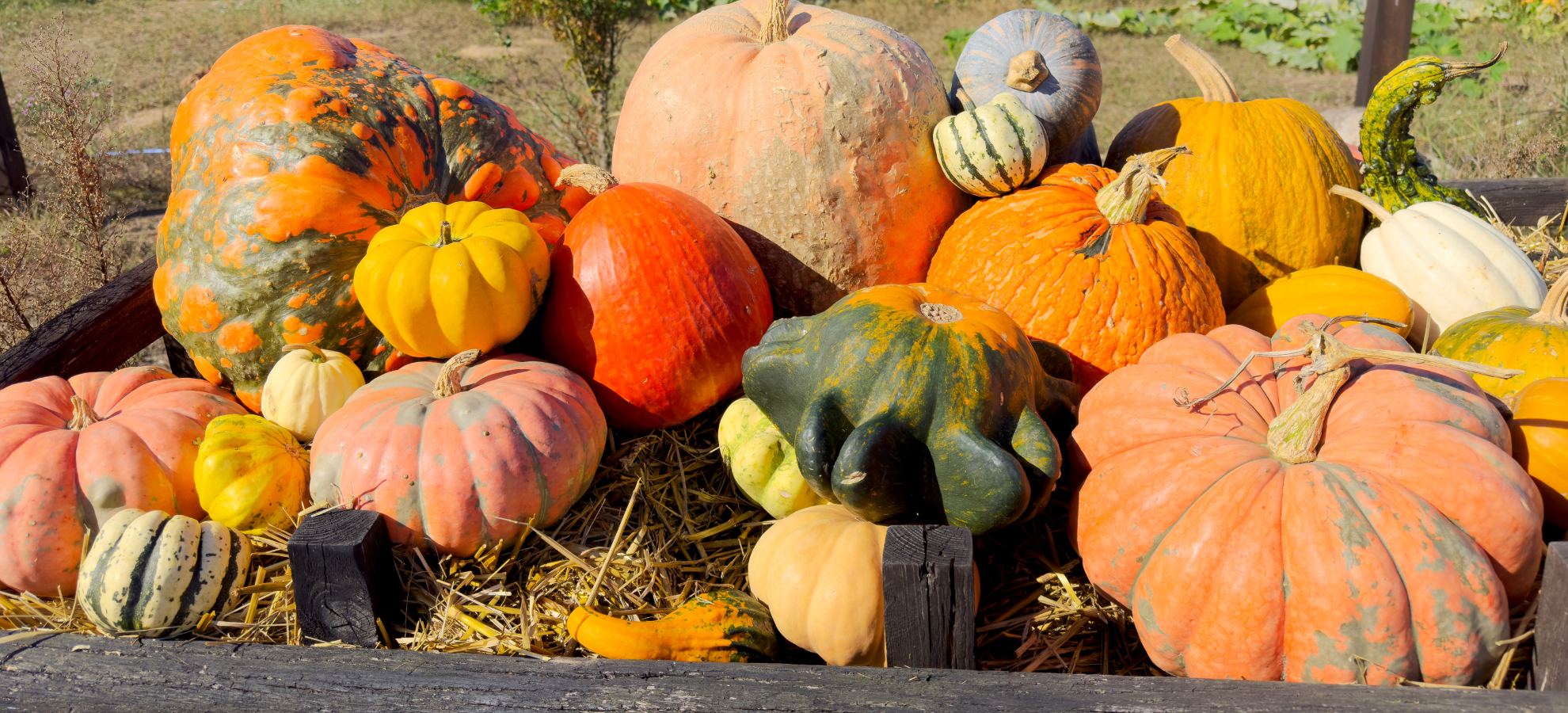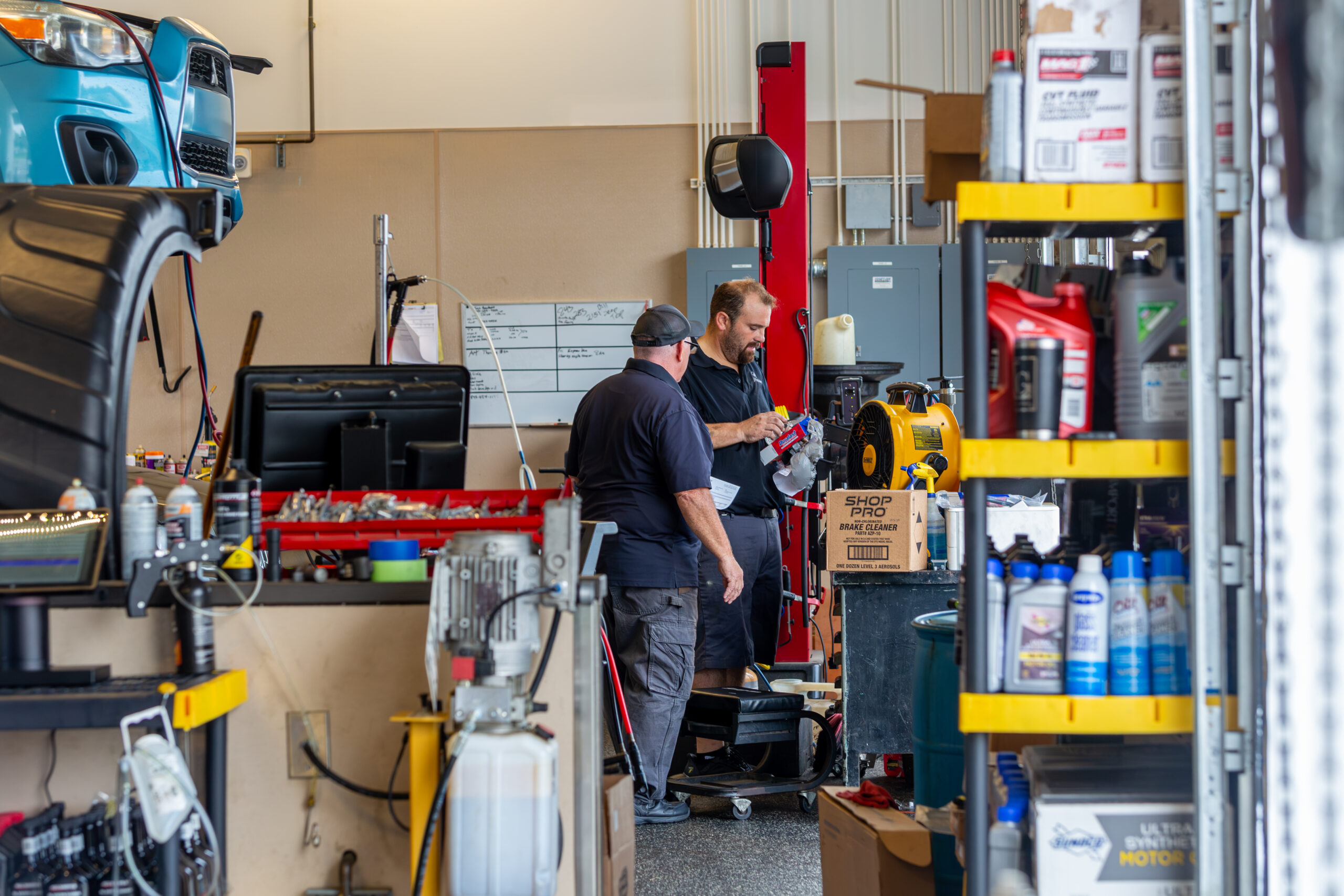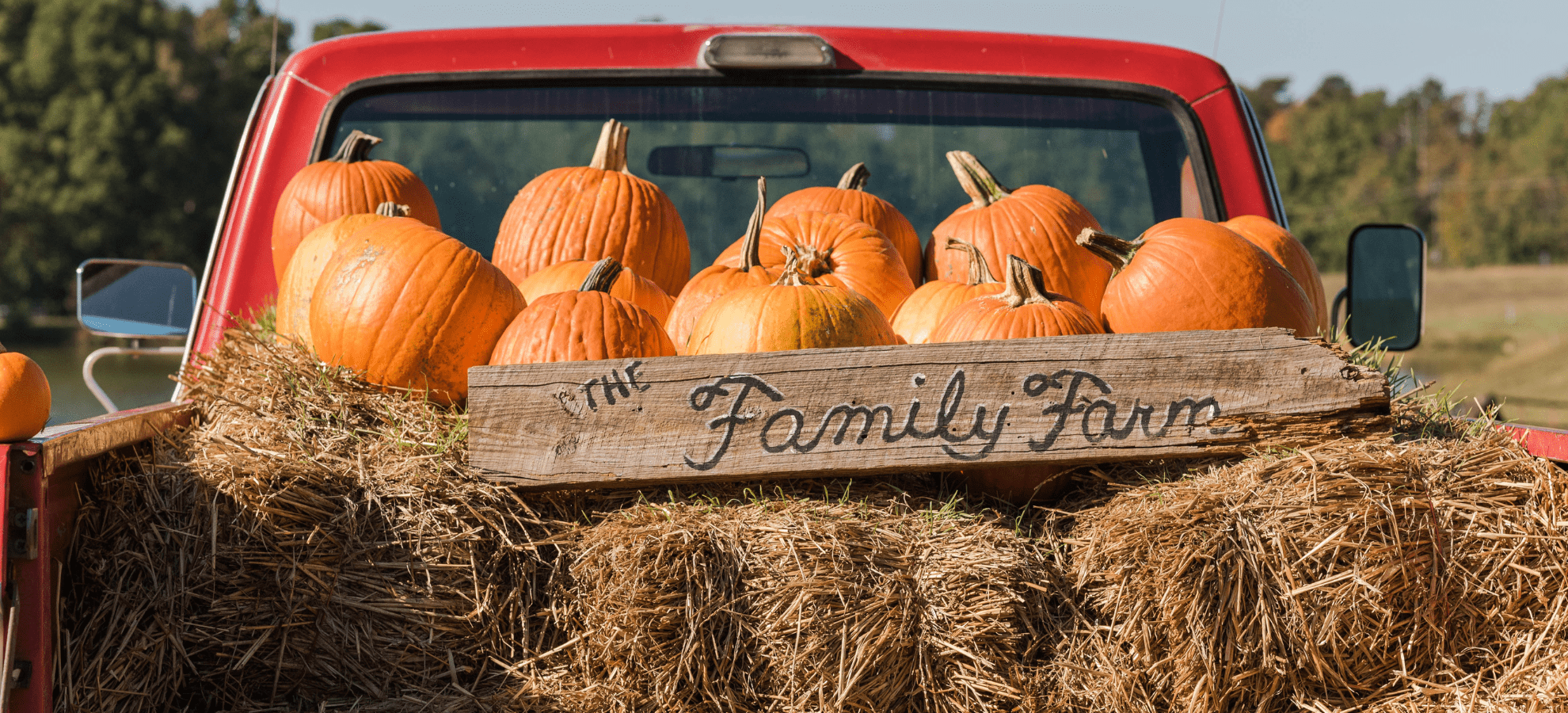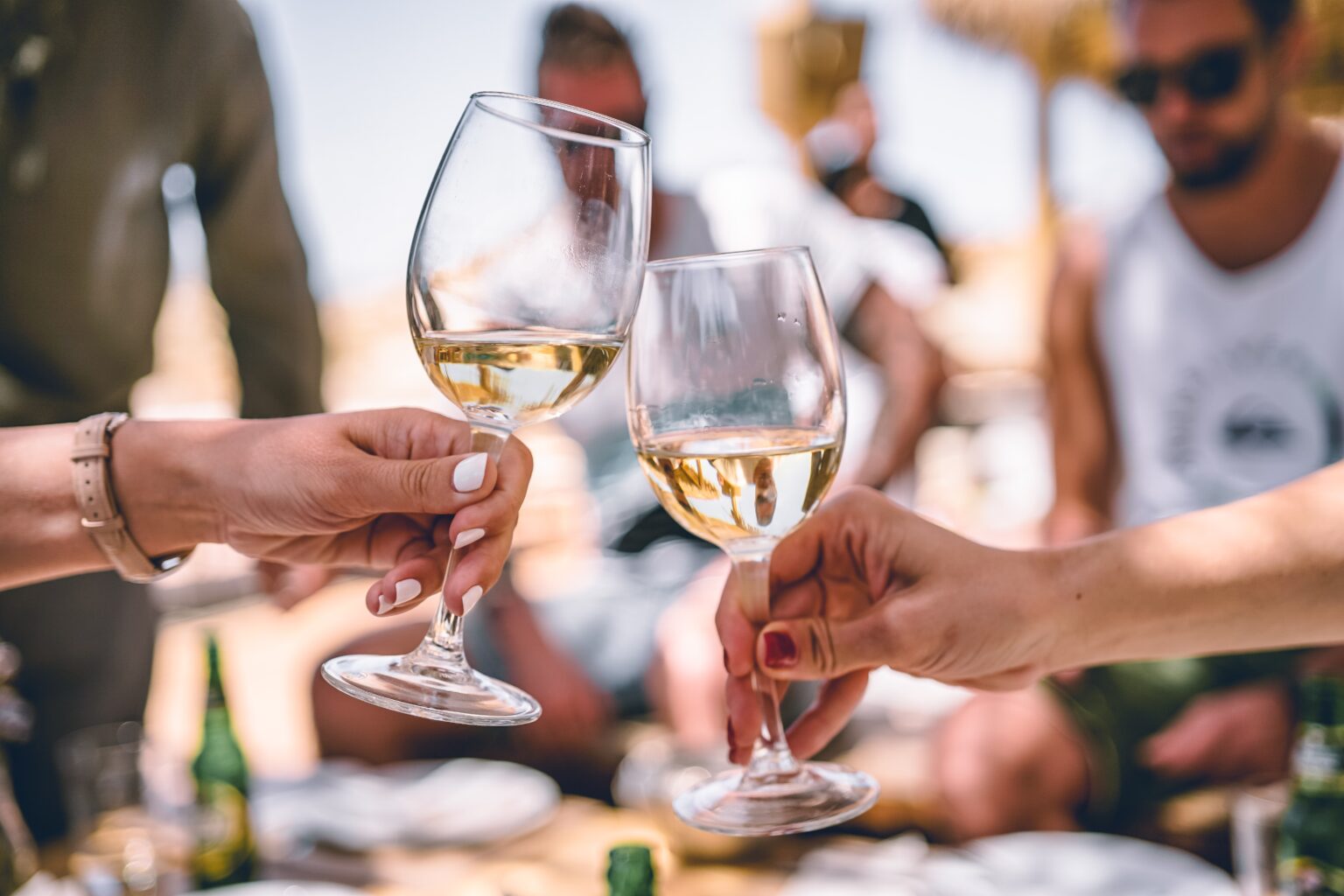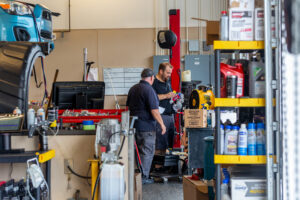by Melissa LaScaleia
Usually our history section recounts the stories of people who were involved in the Myrtle Beach Air Force Base in some capacity or another. This month, we turn the clock back further, to share who and what was in this area long before the United States existed.
Like the rest of North America, the area of South Carolina was populated by Native American tribes. In our area, there were the Pee Dees, the Waccamaw and Winyah tribes. What is today known as Kings Highway was once upon a time a Native American walking trail for these people.
Warring neighboring tribes kept the Pee Dees, Waccamaws, and Winyahs safely near the coast. And they learned to live o the land in this area. They harvested oysters, hunted deer, turkey, and bear, as well as fish, crabs, shrimp and clams. They built houses out of palmetto and pine trees.
Unfortunately, there isn’t a lot of evidence giving us insight into what their lives and customs were truly like. But there are a multitude of legends and rumored stories. One of those has to do with Chicora. Some accounts say, and then many accounts repeat, that the Waccamaws and Winyahs named the area around what is today Pawleys Island “Chicora,” which means “the land.”
But another account shares a possible explanation for the name’s existence being attributed to Spanish settlers rather than Native peoples.
According to this account, on June 24, 1521, two Spanish ships, manned independently by Pedro de Quejo and Francisco Gordillo, discovered the coast of South Carolina via the mouth of what is today known as the South Santee River.
The Spanish initially had peaceful encounters with the natives they met, but their intentions were to capture them and return to Spain with them as slaves. According to the account of one Peter Martyr, one of these eventual slaves was named Francisco and his nickname was el Chicorano. It’s here that the story breaks down in veracity and we’re left with conjecture.
There have been theories that the name was a derogatory joke by the Spanish, a permutation of the Spanish word for “frog,” mixed with the poorly understood sounds of the native peoples’ word for “boy.” Hence the nickname means something along the lines of frog boy.
But it is for certain that the name “Chicora” stuck, and the land that the two Spaniards discovered that day became known as Chicora.
It also became the stuff of legends, and somehow through word of mouth or the passage of time, or both, Chicora morphed into a Garden of Eden, overflowing with the abundance of pearls, jewels, richness, lush fruits and vegetation, and the promise of gold and silver further inland.
The very word conjured up images of earthly paradise, and spurred the Spanish and French to vie for acquisition of pieces of the coast over the next sixty years, as they sought and fought to find the fabled land of milk and honey.
Today, we all know that the silly fools simply weren’t looking properly because those of us who live here know we’ve found paradise, our own version anyway.
To read more of our history features, click here!




